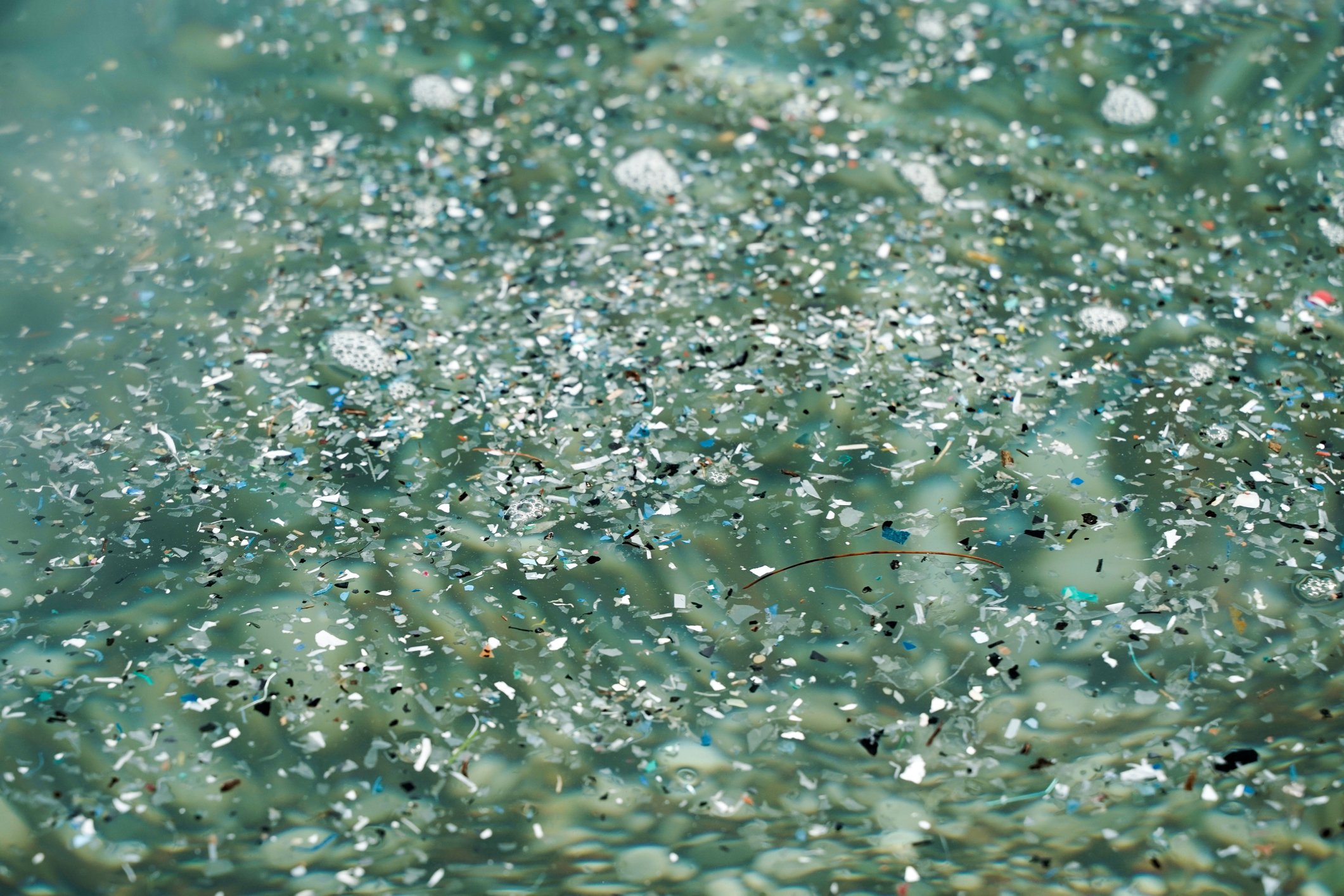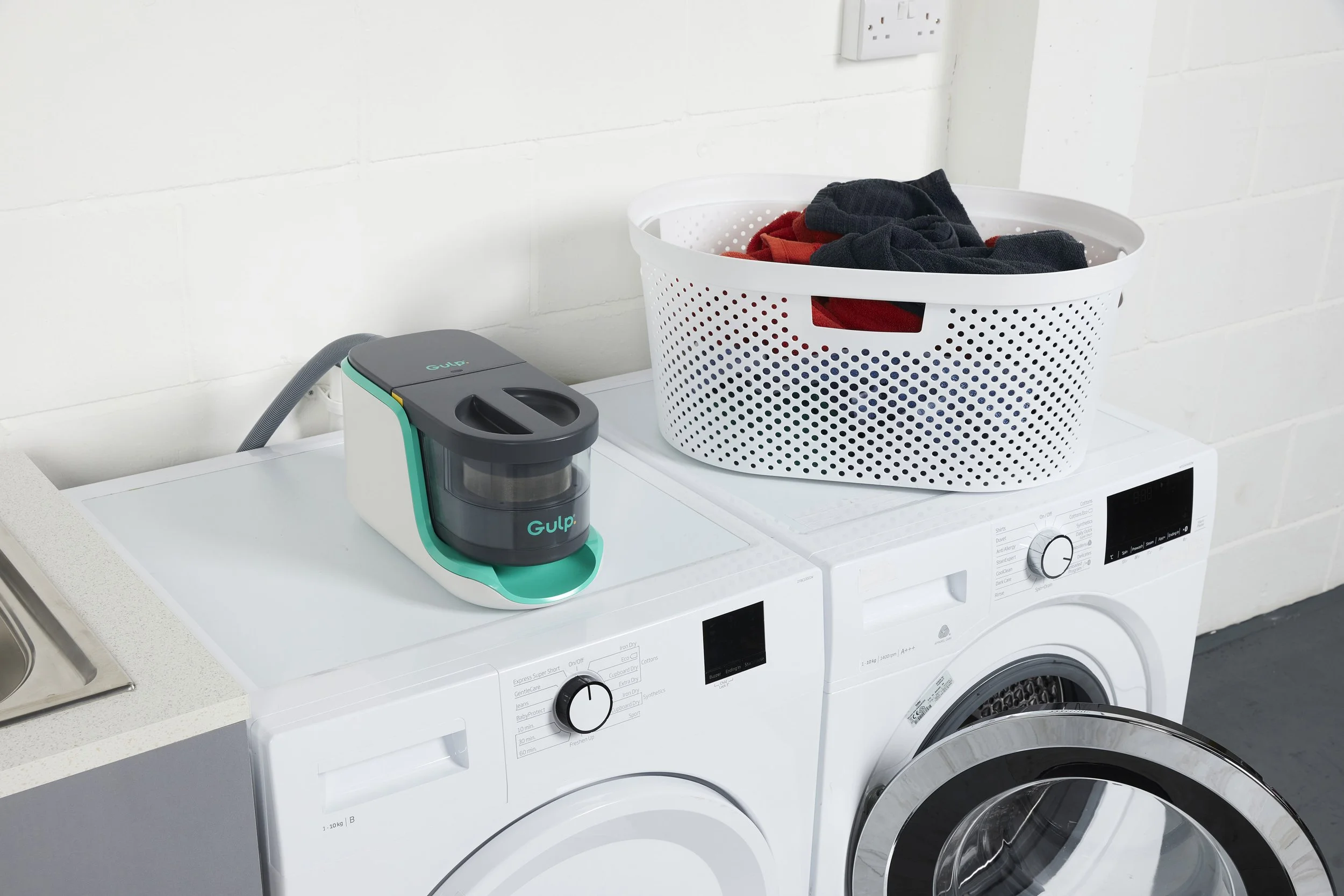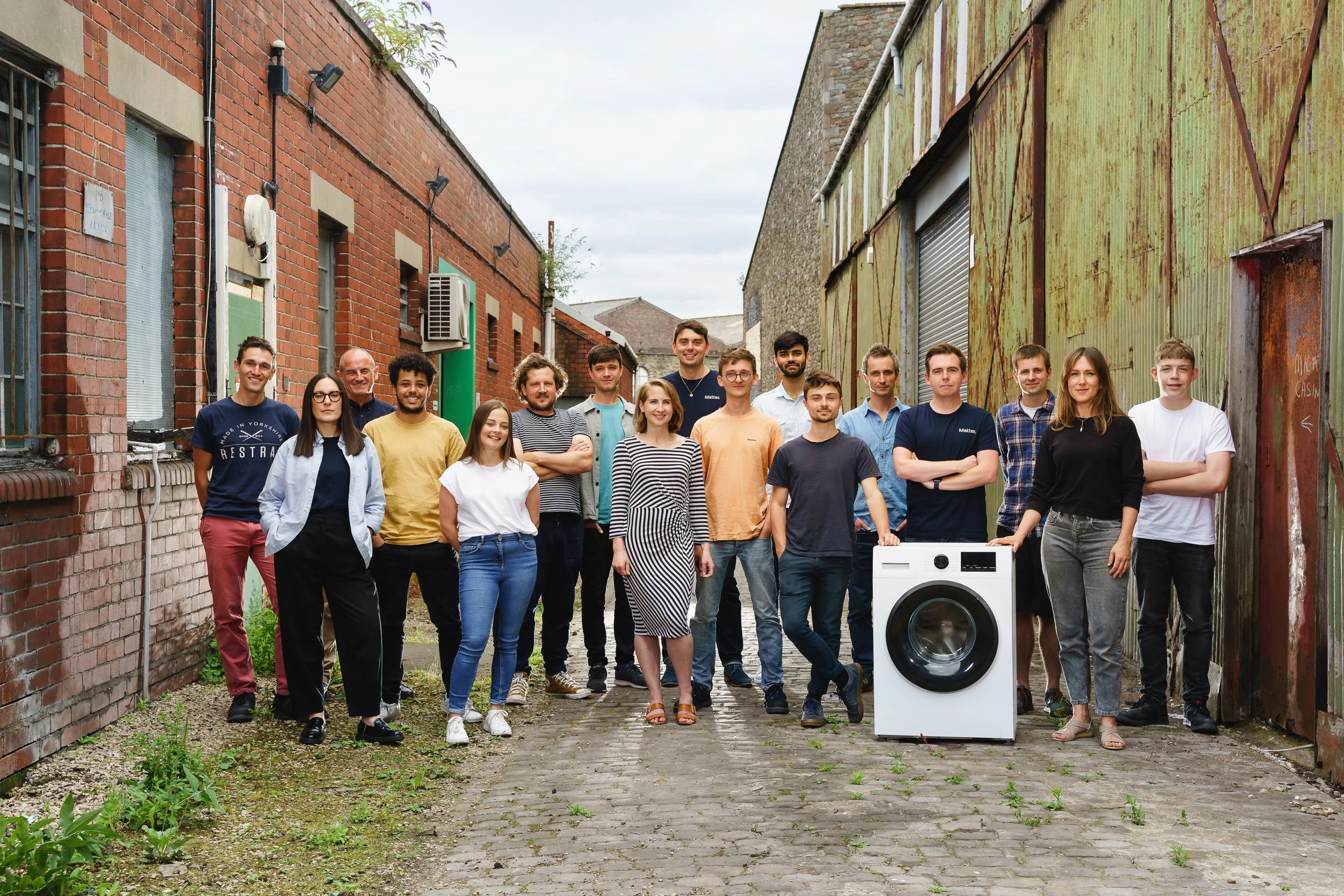A year in review and hopes for 2023
As we near the end of another whirlwind year at Matter, we wanted to take a moment as a business to reflect on the significant outcomes of 2022 in the microplastics space, and what we hope to see in 2023 as we continue to work towards creating a better future for our oceans.
Microplastics are tiny plastic particles less than 5mm in size which are increasingly revealed to be contaminating our environment and bodies. It is estimated there are over twenty-four trillion pieces of microplastic in our ocean today. Until recently, microplastics has been a relatively unresearched topic in the broader study of the plastisphere. Though, if there’s one thing 2022 has taught us, it’s that there is an increasing pressure from consumers and lobbyists to bring microplastics to the forefront of conversations in plastic policy - and that pressure is only continuing to rise.
A look back on 2022
Growing public awareness
Over the past year, we have seen a flood of research that has identified the presence of microplastics just about everywhere. From the top of Everest to inside our own bodies, there seems to be no escape from the invasion of these tiny plastic particles. Here’s just some of the new research on microplastics that came out this year:
Microplastics have been discovered in fresh snowfall for the first time, with an average of 29 microplastic particles detected per litre of snow.
Blue whales have been found to be ingesting up to 10 million pieces of microplastics every day.
Microplastic pollution has been detected in human blood for the first time, with scientists finding the tiny particles in almost 80% of the people tested.
Microplastics were found in 76% of breastmilk samples from a study on a group of new mothers.
As well as research into the presence of microplastics, initial findings on their potentially harmful effects have also started to surface. For example, a recent study on Teflon non-stick pans identified the release of thousands of microplastics from broken coating on pans, causing an increased risk of exposure to toxic chemicals linked to several health disorders.
As a result of this mounting evidence, we have seen a significant increase in public awareness and growing concern for this topic – and rightly so! In 2018, less than 3 in 10 consumers (27 percent) said they were aware of microplastics, according to the 2022 Cotton Incorporated Lifestyle Monitor Survey. This year, the percentage has been reported to have increased significantly to 40 percent.
Increased legislation
In the wake of increased public awareness, attention has sharply turned to industry and government as consumers call for legislative action to help tackle this issue; and we’re pleased to see the pressure is already paying off. In February, the European Commission launched a public consultation on microplastic pollution, which aims to reduce the amount of microplastics being unintentionally released into the environment. In the same month, California announced the adoption of the first state-wide microplastics strategy in the US. In global news, microplastics were officially recognised in the definition of plastic pollution contained in the UN plastics treaty.
As well as a greater effort to address microplastic pollution in the broader context, this year has also seen the introduction of legislation that aims to tackle microplastics derived specifically from textiles. This isn’t surprising considering the biggest source of microplastic pollution in our oceans derives from synthetic microfibres that shed from our clothes. Every time we do our laundry, up to 700,000 synthetic microfibres are released from our washing machines and into our waterways.
Earlier this year, France became the first country to announce that by 2025, every new washing machine must have a filter to catch plastic microfibres that come away from clothing during washing. In addition, the UK saw the first official hearing of the UK Microplastics bill. The bill led by MP Alberto Costa and backed by the All-Party Parliamentary Group (APPG) on microplastics, Women’s Institute and cross-industry stakeholders calls for the UK to follow in the footsteps of France and mandate all new washing machines to have fitted microplastic filters. The bill also aims to raise awareness of the polluting effects of microplastics on our rivers and seas. The second hearing for the bill will take place in 2023.
Innovative solutions
The subsequent move towards legislation has opened the floodgates to many new innovative solutions storming the microplastics space. The low tech, low efficient products that were once the only solutions in the market are now being met with more advanced, highly efficient technologies that can help tackle the problem at scale.
For Matter, this year saw the successful launch of our domestic microplastic filter, Gulp, on Kickstarter. Gulp is an innovative retrofit filtration system that captures up to 99% of microfibres shed during every wash cycle, with no disposable filters. The campaign smashed through its initial funding target within the first half hour of launch and went on to reach over 1000 backers and raise a total of $150,000. For us, the success of the Kickstarter campaign demonstrates to the rest of the world what we already knew: there is a demand for innovative, sustainable solutions that can protect our planet, and people are ready to take action.
Alongside our own personal wins this year, we are thrilled to have watched many other businesses in the plastic pollution prevention and clean-up space thrive in 2022. Kelpi, a material innovation company on a mission to take plastic out of packaging, has developed solutions to eliminate fossil fuel plastic packaging by replacing with low-carbon, marine safe and biodegradable alternatives from renewable biomass. Earlier this year, Kelpi was named one of eight global finalists for the Tom Ford Innovation Prize in recognition for their outstanding work in bioplastic innovation. Satatland, a sustainable fashion brand revolutionising the industry with their circular economy approach also saw great success over the past year including a Financial Times award for Retail Tech Champion. Using materials that either reduce pollution or restore biodiversity, Satatland clothing is designed in a way that ensures they are fully recyclable and offers affordable rent or purchase options for customers. 2022 also marked a huge milestone for The Ocean Cleanup project after they successfully removed the first 100,000kg of plastic from the Great Pacific Garbage Patch.
Looking ahead – our hopes for 2023
And so, as we look ahead into 2023, what do we at Matter hope to see?...
More research.
If there’s one thing we saw from last year, it’s that research into microplastics doesn’t seem to be slowing down. In 2023, we anticipate seeing more research than ever into the study of microplastics, including an even stronger link between the presence of microplastics and their subsequent impact on environment and human health. In addition, we hope to see a greater focus on the impact microplastics is having on earth’s finite resources including the ocean carbon cycle and soil.
More legislation.
This year marked a monumental shift in the legislative movement on microplastics, and we hope this sets the precedent for more countries to follow. An upward global trend in legislative action across all sources of microplastic pollution is crucial towards achieving the scalability needed to make real impact. In 2023, we hope to see greater detail outlined in the French legislative framework, as well as California developing microplastic reduction strategies for wastewater treatment. In the UK, we look forward to the second reading of the UK microplastics bill and will continue to do what we can as a business to support the campaign.
More Investment.
Whilst research, education and legislation are the cornerstones for reducing plastic emissions and meeting global climate targets, increased investment is arguably the most important piece of the puzzle to unlock growth at the pace and scale required to protect the health of our oceans.
In recent years, investment in climate-based objectives outlined under the Sustainability Development Goals (SDG’s) has been significantly geared towards alternative food and green energy sources in comparison to water-focused activity. We are already seeing great strides in redressing this imbalance through our partners and our investment community and are incredibly proud to be a part of it. In 2023, we hope that growing pressure to address the biggest challenges our oceans are facing such as plastic pollution, along recent successes in the market, will continue to grow positive and impactful investment that will produce the solutions needed to support and sustain our ocean.
Image source: Aligning climate and sustainable development finance through an SDG lens. The role of development assistance in implementing the Paris Agreement (2022) Science Direct. Available at: www.sciencedirect.com/science/article/pii/S0959378022000474
What does 2023 look like for Matter?
For Matter, 2023 will mark the production and official launch of our B2C filter Gulp. Alongside this, we will continue to work closely with a number of leading washing machine manufacturers to integrate our core technology into their washing machines, as well scaling our technology for industrial application. We also plan to accelerate our research into the recycling of microfibres, which will enable us to fully close the loop and turn the material we capture from our products into a valuable resource.
It’s been one heck of a year for us at Matter, and we’re storming into 2023 with high hopes and even higher ambitions. Watch this space!






